“My former horse paddock now welcomes 49 bird species”
Oliver Clanford has spent the past eight years rewilding a piece of his land. Now, he wants other small landowners to join in.
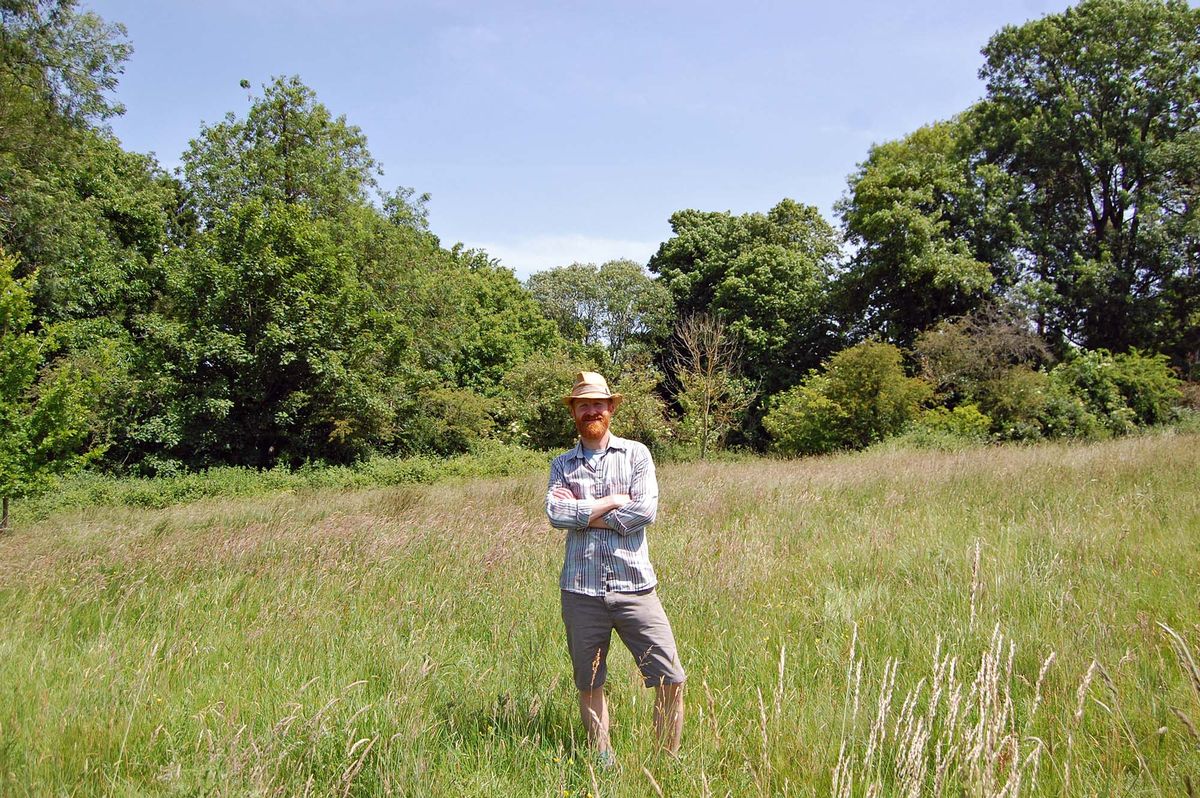
Picture rural England and you most likely see a patchwork of green fields. This image of our “green and pleasant land” has been celebrated, lauded and idealized for centuries. Throughout my childhood, my family’s six-acre paddock with its closely shorn grass, stable block and small mature woodland represented a neat slice of this rural idyll.
However, it has become increasingly clear that our green and pleasant land hides an uncomfortable truth: since the Middle Ages, human activity has resulted in a catastrophic loss and degradation of habitats all across England, from which the country’s wildlife has never recovered. This loss continues apace: the 2019 State of Nature report compiled using data from a group of 50 conservation organizations paints an alarming picture of the UK’s wildlife in decline, with 15 percent of the 8,431 species assessed at risk of extinction.
Learning about this anthropogenic damage made me want to do something positive, to put something back where so much had been taken away. An opportunity presented itself around eight years ago: the family’s paddock had become empty. The horses had gone, so we now had the perfect opportunity to repair some of the damage.
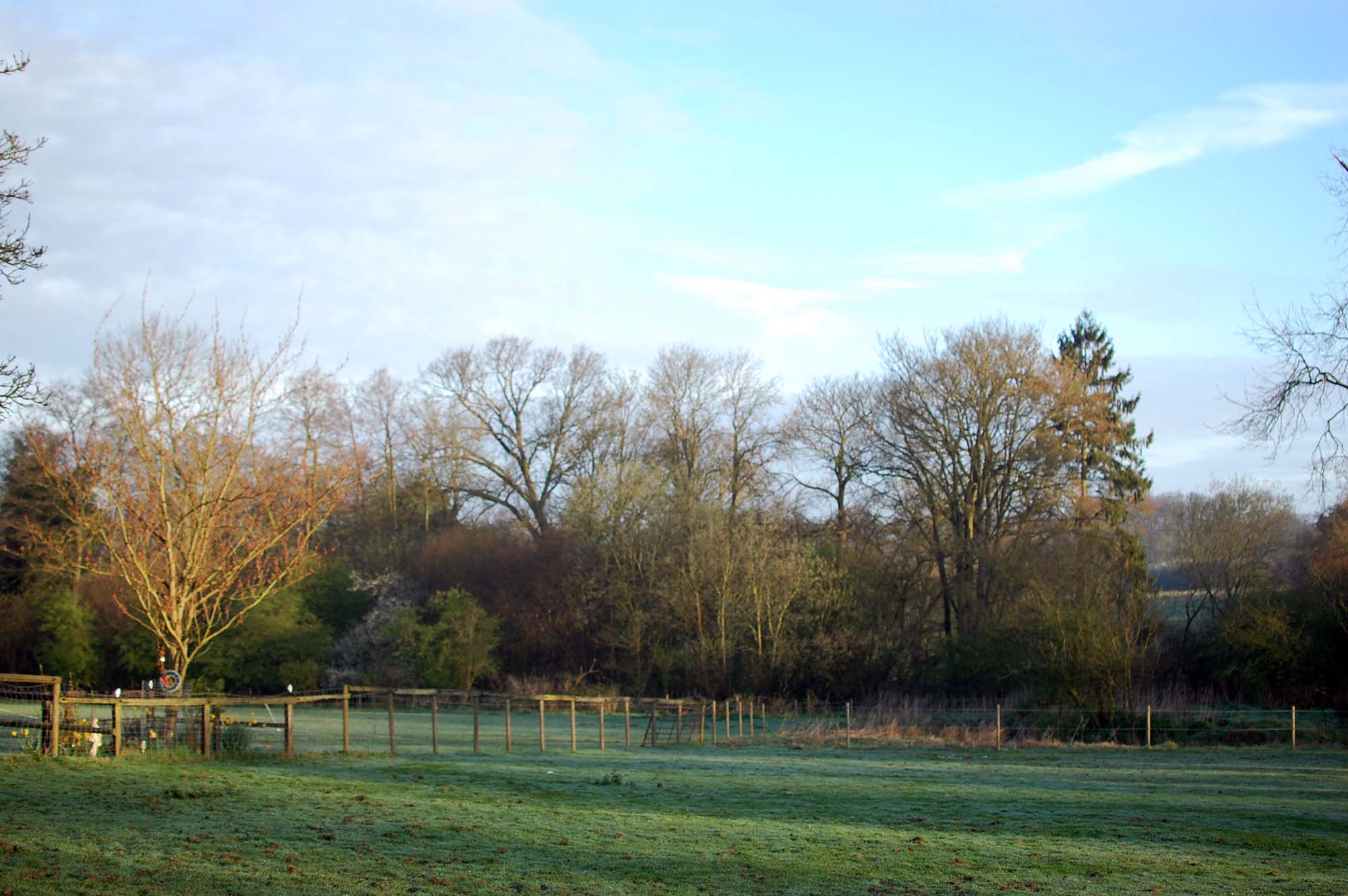
Deciding what to do was the first step. Continuing to allow horse grazing while managing the land more sensitively was one realistic option. Creating a wildflower meadow was also a potential route, but at that time, rewilding had just started to grab my attention.
The concept of rebuilding damaged ecosystems by restoring natural processes felt like a bold, exciting and forward-thinking vision. But it was immediately clear that I could not achieve rewilding’s ultimate aim of producing a self-sustaining ecosystem with such a tiny piece of land. True rewilding requires scale: large, interconnected reserves where keystone species can move and interact as freely as possible. But what I could do was use the concept as inspiration in an attempt to rebuild a small part of what had been lost.
After much deliberation, we decided that horses would no longer be a part of the land’s future. This decision was one that we did not take lightly – historical records suggest that horses have grazed this site almost continuously for over a century.

Assessing the obvious damage was the next stage. Relentless grazing had stripped the vegetation bare, with no natural tree recolonization; broken fencing criss-crossed the paddock, with dozens of metres of barbed wire; and there were areas of soil compaction.
We then turned our attention to the fencing. We removed as much as we feasibly could, including large sections that separated the paddock from our neighbour’s woodland. Other changes were more passive but no less important: we put a stop to mowing, pruning and using herbicides and insecticides. We also deliberately left dead, decaying and fallen wood in situ to act as vital habitat for numerous species.
Slowly but surely, vegetation began to creep back in. Without horse grazing, sedges and grasses proliferated, along with large patches of nettles and thistles. Where the edge of the paddock met the woodland, bramble thickets began to take root and the line of hawthorn and blackthorn along the edge of the paddock started to spill onto the grassland.
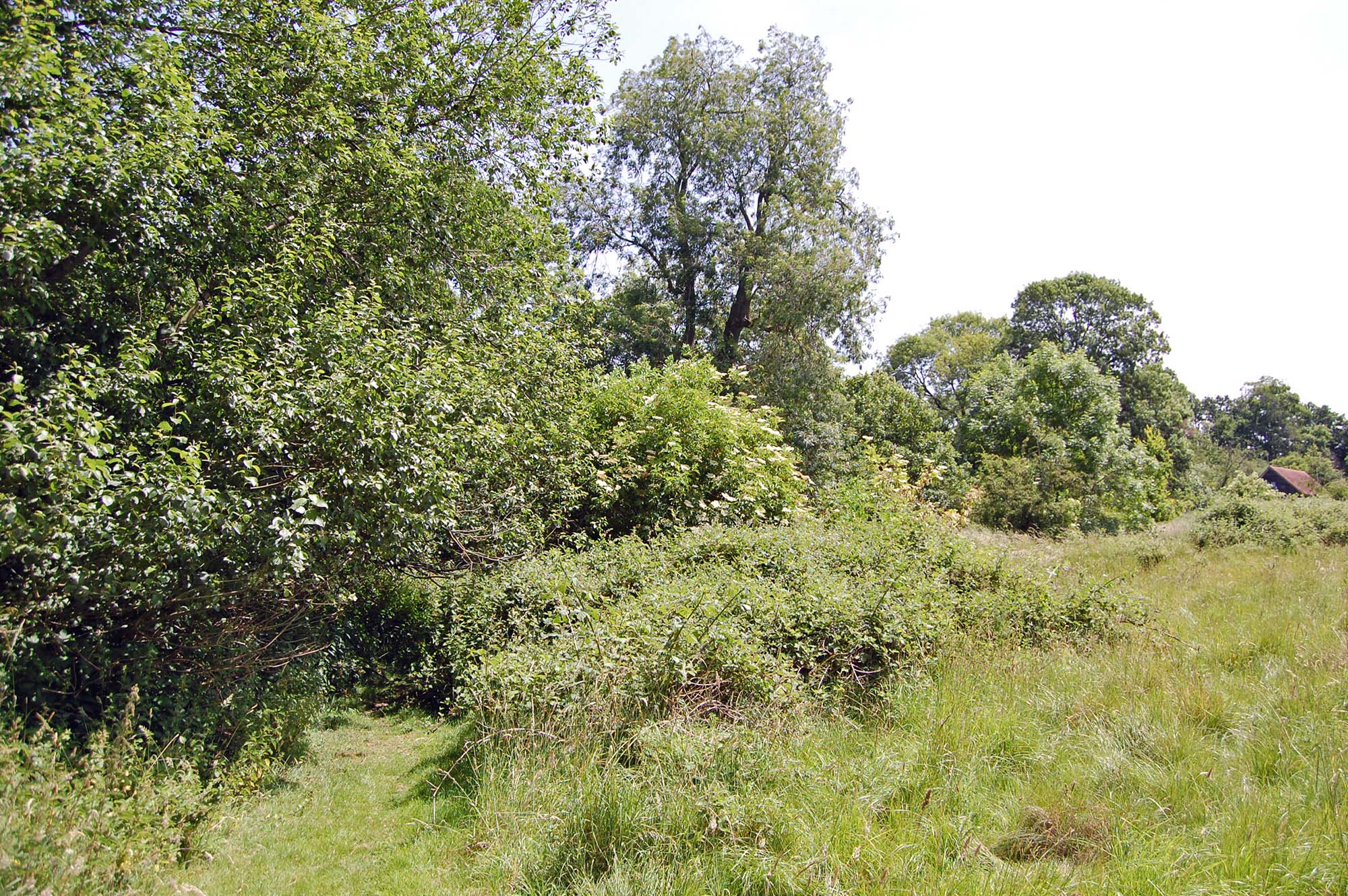
This development of early successional habitat enabled shrubland species to reappear. Within five years, the number of bird species had increased markedly and we were now seeing and hearing blackcap, chiffchaff, whitethroat, lesser whitethroat and yellowhammer, species that had been absent for decades. In summer, the paddock started to come alive with grassland invertebrates. The flowering thistle and bramble became a magnet for clouds of marbled white butterflies, solitary bees, hoverflies and a variety of beetles.
As the land became wilder, problems became evident: the large local deer population was suppressing natural colonization of trees from the adjoining woodlands. I would constantly find saplings popping up around the paddock in the spring, but the young, fresh leaves stood little chance against the hungry mouths of the fallow and muntjac deer.
In the first few years I undertook a small amount of planting, mainly hawthorn and oak, but it didn’t take long to realize that this was futile without robust fencing and effective tree protection. Practically and economically, this was not feasible. As a result, I put a stop to any planting. The bramble thickets have now started to act as natural tree guards and occasionally, I protect emerging oaks using guards constructed from old wire fencing.
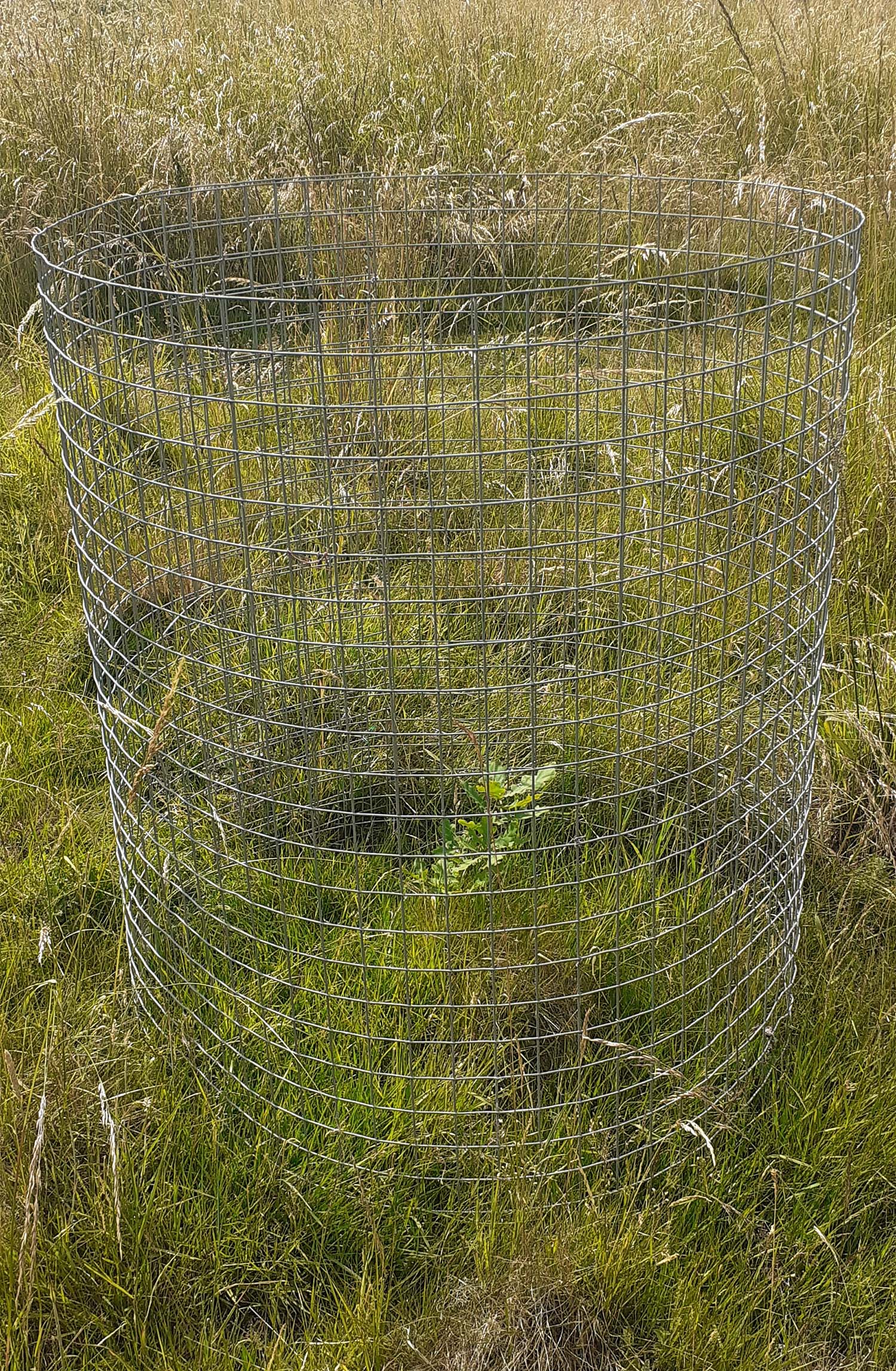
In a perfect world, I would have happily continued along this path: I believe land and the life it supports should not have to justify itself financially. Nature should not be classed as an asset that can be traded and commodified. However, the reality of our situation as small landowners acting without government assistance meant that eventually we had to devise a low-impact, relatively low-cost way of replacing the lost income from the change of use.
So, in 2019, we created a single pitch “glamping” site as I believed that this would have minimal impact on the land and hopefully generate a small but adequate income. We designed the site so that minimal groundworks were necessary and attempted to build with reused and repurposed materials wherever possible. No dogs are allowed and the site remains resolutely off-grid.
The land today is almost unrecognizable compared to eight years ago. What was once a thin carpet of green is now lush and verdant, with regenerating aspen, oak, hawthorn, field maple and ash and impenetrable thickets of bramble, hawthorn and blackthorn. Last year I carried out a survey of local bird life and counted 49 different species, the majority of which we hadn’t spotted on the site for many years.
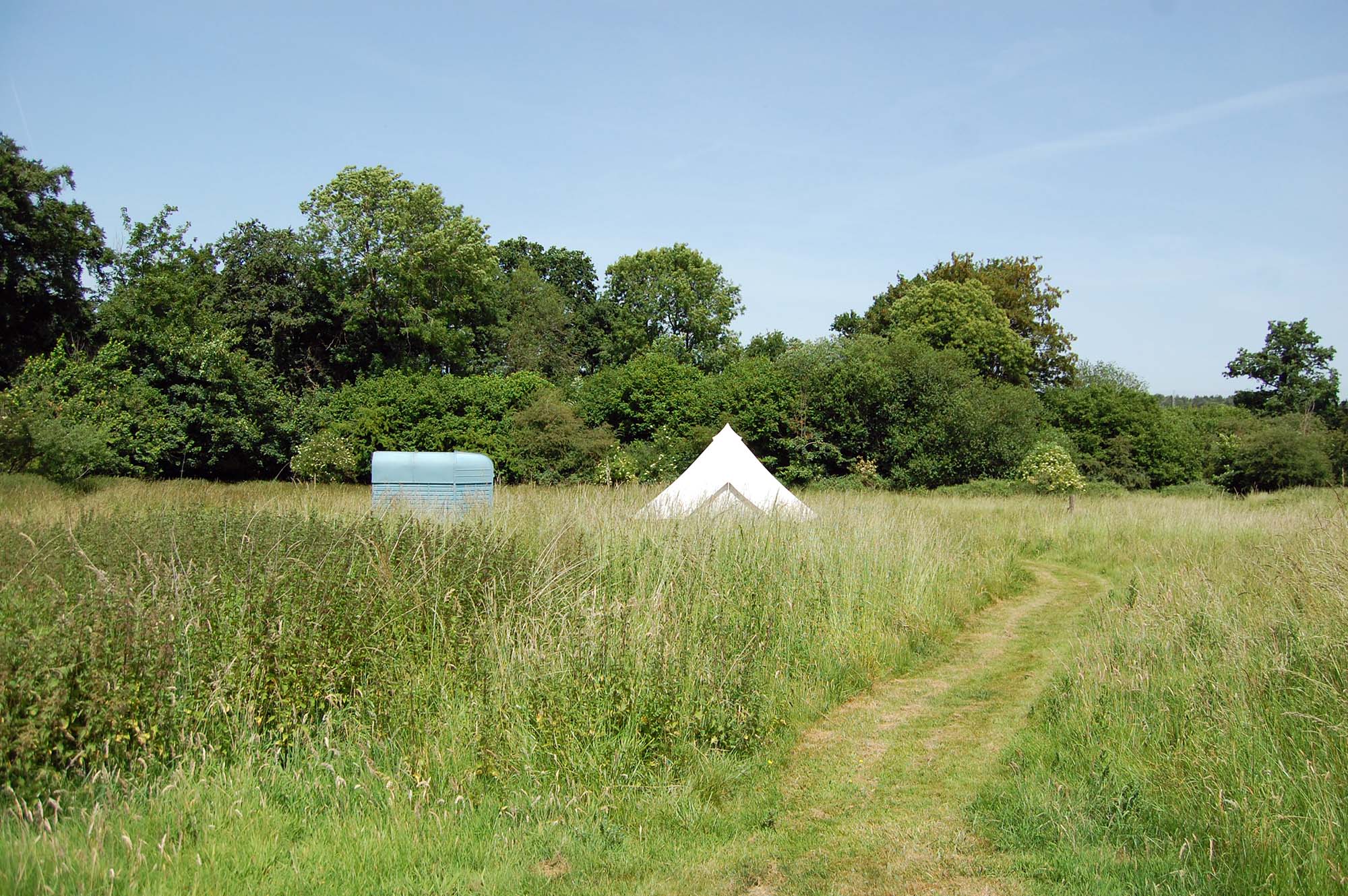
As inspiring and positive as it is to watch the paddock burst into life, I’m fully aware that my site on its own is not going to make a huge difference in the grand scheme of things. Owners and land managers of small sites dotted all over the country need to join forces and link up, creating connectivity so that species can thrive and spread. This is the key to making small-scale projects effective and it can be done. Our neighboring woodland owner, for example, is very supportive of the project and was happy for us to remove the fencing that separated the two pieces of land.
Looking into the future, I want to continue to learn and keep an open mind about what I do with the land. But what I’m really hoping is that my project can be a small part of a domino effect where like-minded people work together on a much grander scale to create something that is truly wild and free.



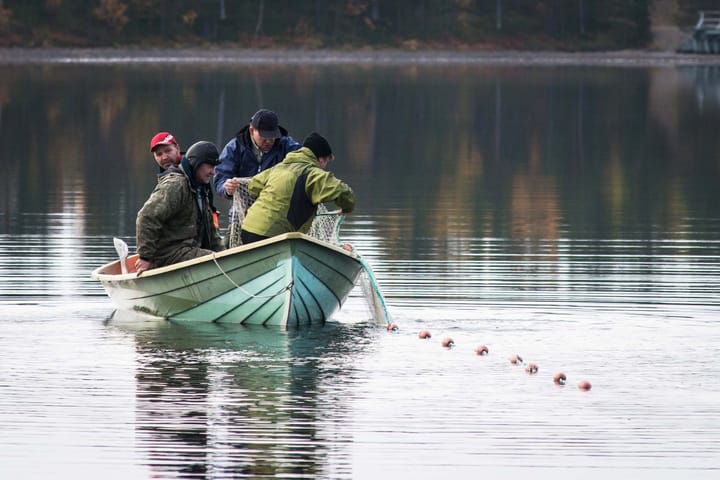


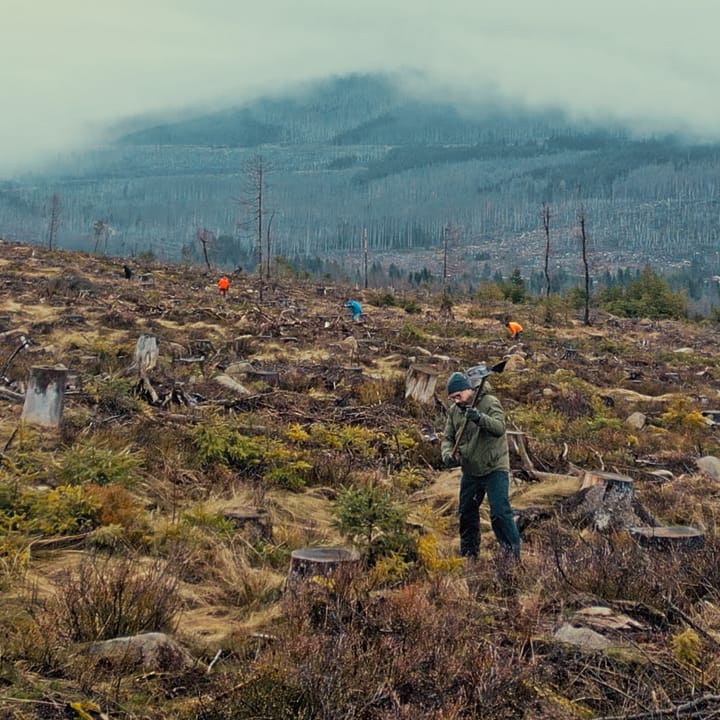
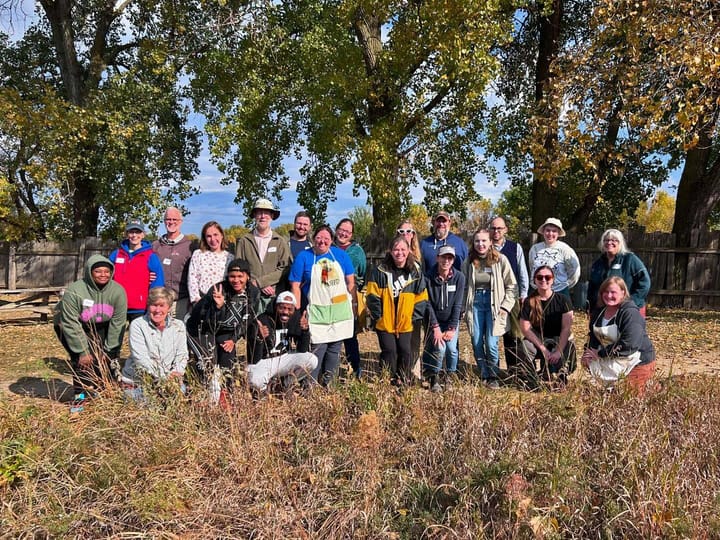

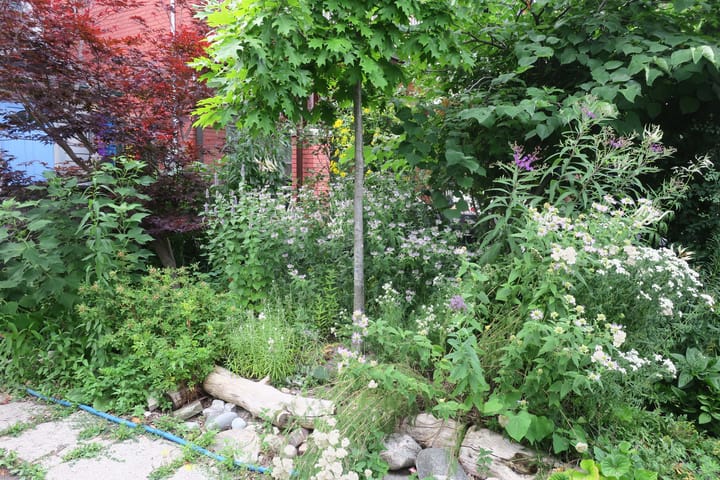

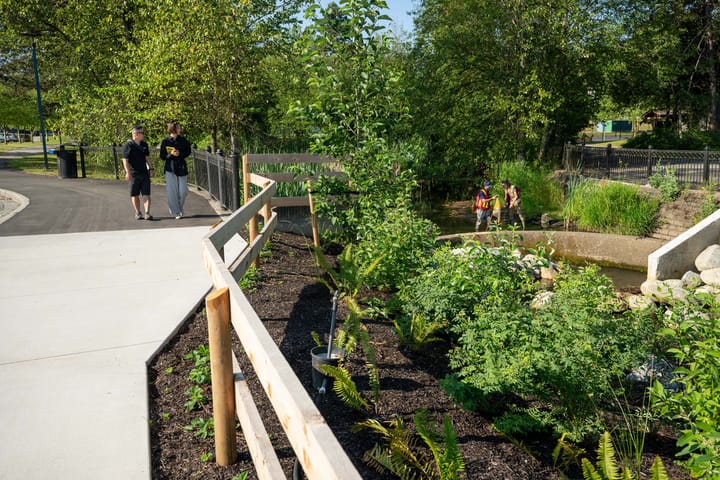
Comments ()